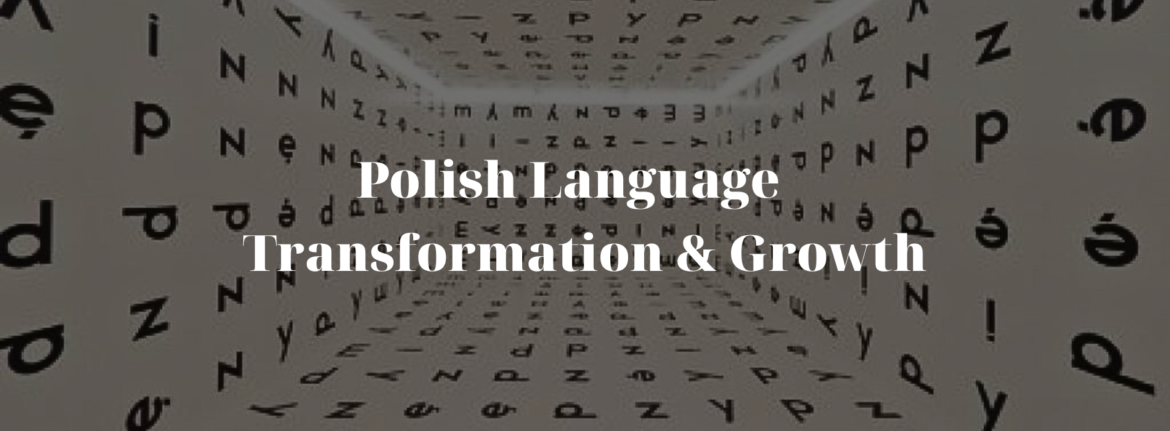The Polish language, a member of the West Slavic languages, has a rich history that can be traced back to Proto-Slavic and even further to Proto-Indo-European. The evolution of the language can be divided into four main periods: Old Polish (up to the 16th century), Middle Polish (16th to the end of the 18th century), New Polish (up to 1930), and Modern Polish (since 1930).
The Polish language has undergone significant phonetic processes, including the prothesis of a voiced labiodental fricative before ǫ, palatalization of consonants before front vowels, and ablaut of vowels before hard alveolar consonants. The language has also seen changes in its grammar, particularly in the declension of nouns.
The history of the Polish language is a testament to the country’s rich cultural heritage and the resilience of its people. As the language continues to evolve, it remains a vital part of Poland’s identity and a fascinating subject for linguistic study.
The Roots of Polish: Proto-Slavic and Proto-Indo-European
The Polish language descends from Proto-Slavic, and more distantly from Proto-Indo-European. It is a member of the Lechitic branch of the West Slavic languages, which also includes languages spoken in areas within or close to modern Poland, such as Kashubian, Silesian, and the extinct Slovincian and Polabian.
Phonetic Processes in the Evolution of Polish
Polish has undergone numerous phonetic processes throughout its history. These include the prothesis of a voiced labiodental fricative before ǫ, palatalization of consonants before front vowels, and ablaut of vowels before hard alveolar consonants. These changes have significantly shaped the phonetic landscape of the language.
Changes in Grammar: The Declension of Nouns
The declension of nouns in Polish has simplified over time. It now depends on the gender of a noun and to some extent on the hardness of a noun’s stem. Two categories have appeared in the masculine gender: the category of animacy and that of personhood. These changes in grammar have contributed to the unique structure of the Polish language.
The Future of Polish: Continual Evolution
As with all languages, Polish continues to evolve. The changes it undergoes reflect the cultural, social, and technological shifts in Polish society. As we look to the future, we can expect the Polish language to continue to adapt and change, remaining a vibrant and living testament to the country’s rich heritage.
